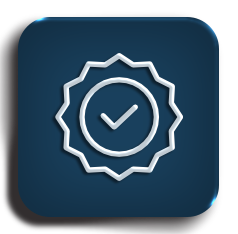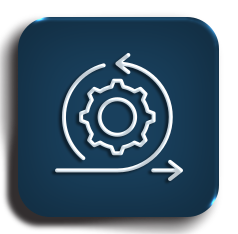BENEFITS REALISED BY THE CLIENT COMPANY
Our application is helping our client understand the historical data better and therefore, assisting them in taking better business decisions.
The application has proven beneficial for stakeholders at all levels.
1. Planners who are responsible for planning and scheduling intra-company material movements, to maintain inventory levels can easily check lead time and compare with other applications such as using SAP for accuracy. They can also view forecasted lead time and adjust plans or understand port risks on specific key lanes.
2.Supply chain managers, who manage day-to-day supply-chain activities, or manage the suppliers and stakeholders based on data and insights can view trade lane trends and projections by carrier.
3.Senior supply chain executives or decision makers who provide key directions on supply- chain strategy or manage expectations based on market conditions, can view trade lane and carrier trends to strategize new business processes or monitor key performance KPIs to design future goals.
Following key benefits were achieved by this application:
1. With a clear insight into lead-time and lead-time performance, the client can share relevant and quality information with its customers.
2. 3PL is utilising the application’s prediction to understand the reliability and make business decisions. With more visibility into the historical data and its performance, Cozentus’ client is now one step closer to improved business decisions.
3. Client can access data according to their needs. The dashboards can present historic and projected lead-times by trade lane, carrier, consignee, customer, locations. Data can be extracted for analysis and presentations as needed.
4. The application also allows companies to continuously monitor and adjust their ERPs to meet current and projected realities.
5. The application also provided a view of port congestion and presents visualisation/ graphs.
6. The application also has scope of enhancement based on the need. There are possible ways to integrate it with the ERP systems; it can be expanded to all modes of transport.




